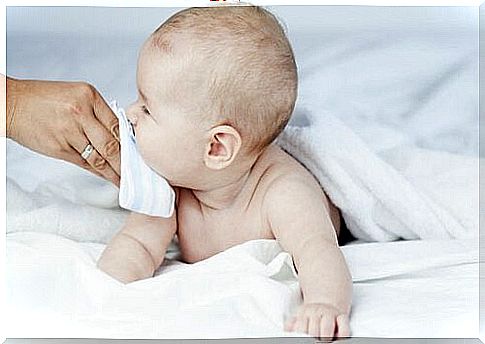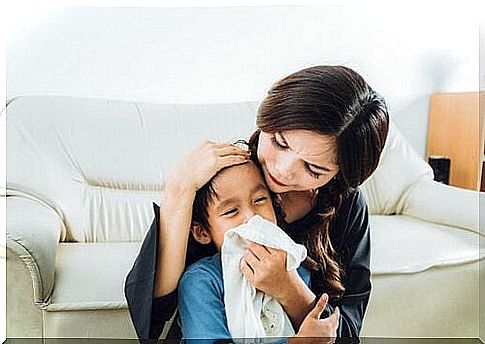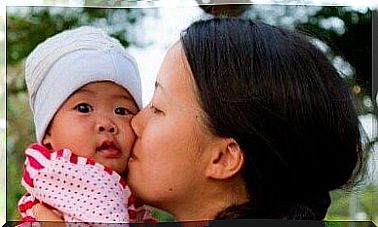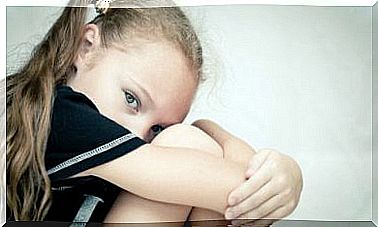Childhood Slimy: Identifying And Treating Types

Childhood mucus is very common until the age of five. Mucus is one of the body’s defense mechanisms against various infections. When the virus comes into contact with the airways and causes inflammation in them, the body responds by producing this jelly-like substance, or mucus. The mucus catches the bacilli to remove them from the body.
It is important for parents to understand the situation and how to treat it in order to be able to act when a child loses their appetite, becomes tired, or has symptoms in other ways, which we will discuss below.
Although mucus in itself is not a serious problem, it can be a sign of a more troublesome or more serious disease.
What are the different types of mucus?
Types of mucus in children include:
- Clear and abundant mucus. The mucus moves up and down the throat and is swallowed by some children. Such mucus is a sign of the flu and is accompanied by constant sneezing. Symptoms may persist for 2-4 days.
- Thick and copious mucus. If the flu does not take off, the pharynx will start to fight it, forming even thicker mucus. Even if a child’s nose may not have a lot of mucus, he or she may cough while lying down.
- Green or yellow mucus. These two colors suggest that white blood cells have begun to fight infection.
- Thick, green mucus. Such mucus is usually seen in the mornings. It also forms in the eyes and is a sign that white blood cells are fighting infection.
- Mucus along with a relentless cough and a feeling of suffocation. If your child has difficulty breathing at night and coughs heavily, he or she may have bronchitis.
- Thick mucus and fever. This combination may indicate a more serious inflammation, such as ear infection or pneumonia.

Child mucus and its treatment
Most doctors do not prescribe medications to control mucus in children under 2 years of age. Instead, the ailment is better treated with simple means that help the mucus to leave the body. However, mucus can be treated with medication if the mucus is copious, makes it difficult for the child to breathe, or is symptomatic in conjunction with a fever.
Childhood mucus can be treated in many ways:
- Keep the child hydrated. Drinking plenty of water makes the mucus more fluid and helps it get out of the body with a cough.
- Provide indoor ventilation. The air should circulate well in the room so that it does not become a favorable habitat for fungi.
- Use nasal tweezers. These are used to remove dry mucus from your baby’s nostrils.
- Do nasal rinses. Nasal lavage can be performed with the child lying down and the parent injecting serum into each nostril with a syringe. We recommend that you check with your doctor about the best substance to use.
In addition to these, the following foods and drinks can help make the child feel better:
- Mallow extract with lemon juice and honey.
- Carrot and orange juice in the morning due to the high content of vitamins A and C.
- Chicken soup to relieve airway inflammation due to the cysteine compound it contains.
Your doctor may prescribe medicines for your child with high fever:
- Antihistamine
- Antibiotics
- Mucolytics
- Nasal sprays

When should a child be taken to a doctor?
If a child suffers from either symptom, he or she should be taken to a doctor:
- A very persistent cough that causes a feeling of suffocation. This may be a sign of bronchitis.
- General malaise and high fever, which may be symptoms of ear infection or pneumonia.
Overall, a child’s mucus is very common, and the ailment is usually not harmful, as it is the body’s own defense mechanism against infections. However, if you notice a lot of mucus, persistent cough, and intermittent sleep in your child, take the necessary steps to prevent the disease. If you notice any other symptoms, take him to a doctor immediately.









